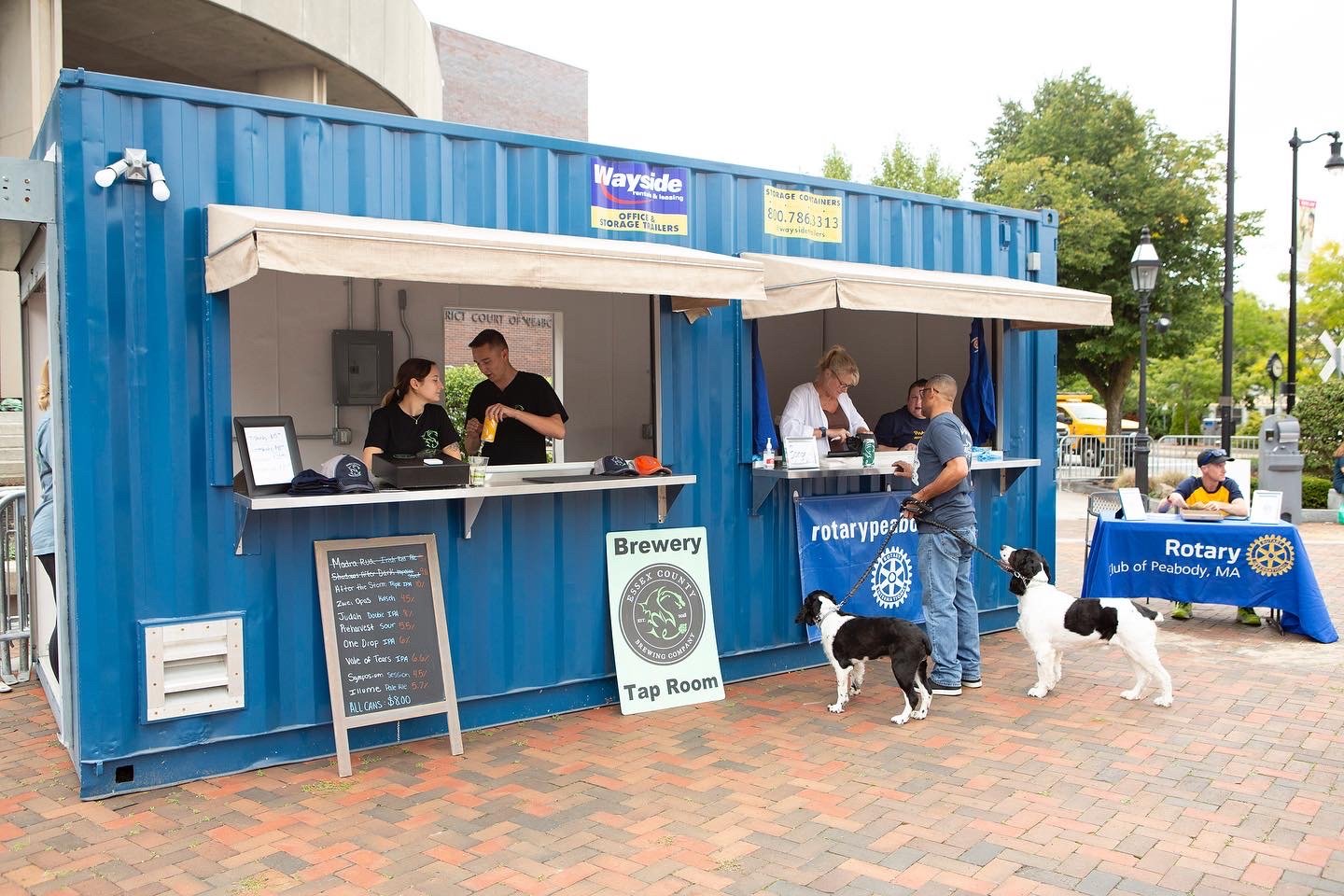
Reading, MA
Parker Tavern (1694)
Reading’s oldest surviving structure, Parker Tavern is a classic First Period saltbox that later served travelers along the Andover Road. Its timber frame, original clapboards, and central chimney make it a textbook reference for preservation teams planning wood envelope restoration or period-accurate repairs.

Reading Town Hall (Municipal Offices)
The civic core at Town Hall anchors the Common with late 19th–early 20th-century municipal architecture. Contractors will note brick envelope interfaces, stone lintels, and original fenestration patterns typical of town halls in Massachusetts.

Phone: 781-942-9050
Bowser Gazebo (c. 1894)
An octagonal, wood-framed garden structure with bell-cast roof and ornamental cross-hatching, attributed to architect Horace G. Wadlin. It’s a useful case for exterior wood preservation, joinery, and historic paint systems on exposed small structures.

Common Historic District
Centered on Main, Highland, and Federal Streets, the district showcases the evolution of Reading’s civic center from the 18th century forward. Streetscapes here illustrate masonry storefront rehabilitation, slate roofing, and compatible infill near the Common.

Woburn Street Historic District
A linear district of 19th-century residences along Woburn Street, illustrating Greek Revival to Queen Anne transitions. Restoration teams will encounter a mix of clapboard siding, bracketed eaves, and porch details with turned elements.

Haverhill Street Milestone (c. 1800)
A granite 18th/early 19th-century post road marker inscribed with mileage to Boston and Haverhill. Its survival informs right-of-way planning and heritage-sensitive streetscape projects.

Ace Art Company (1924)
Reading’s only Art Deco industrial building, this single-story brick plant has stepped parapets and ceramic tile accents. The façade offers a clean case for repairing expansion joints and preserving period brickwork details.

Pearl Street School (1939, PWA)
A two-story brick and limestone school built with Public Works Administration funding, blending Colonial Revival massing with Art Deco detailing. Its fire-resistant construction and U-shaped plan remain a touchpoint for institutional rehab strategies.

Reading Station (Boston & Maine Depot, 1870)
The commuter rail depot exhibits Stick/Eastlake and Queen Anne influences, with surviving platform structures and historic brickwork. It’s a practical case for integrating accessibility upgrades with preservation of rail-era fabric.

Phone: 617-222-3200 (MBTA)
Reading Municipal Light & Power Station (1894)
A Romanesque brick powerhouse on Ash Street, later converted to switching and offices. The structure demonstrates heavy masonry envelope performance and industrial ventilation strategies from the early electrical era.

Phone (RMLD): 781-942-6598
Reading Standpipe Site (1890–91)
Once a 138-foot steel-and-wrought-iron tower serving the town’s first water system, the standpipe informed hydraulic infrastructure across the North Shore. Although demolished in 1999, the site remains a key reference for historic utility design and hilltop siting.

Rowhouses at 256–274 Haven Street (1886)
An uncommon set of Italianate rowhouses for a suburban town, with bracketed cornices and segmental-arch window heads. Façade restoration here focuses on brick repointing, cornice consolidation, and porch ironwork.

Walnut Street School (1854)
A two-room Italianate schoolhouse now used by the Quannapowitt Players, showing how intimate civic structures can be adaptively reused. Note the bracketed eaves, pilastered corners, and clapboard repair considerations.

Wisteria Lodge (c. 1850)
A richly detailed Second Empire residence with mansard roof, fish-scale slate, and an elaborate porte-cochère. Its slate and wood detailing offer excellent precedents for high-style residential restoration.

Kemp Place & Barn (1853)
An elaborate Italianate house with square cupola and a surviving carriage barn at the rear of the property. The ensemble demonstrates historic outbuilding relationships and cupola repair considerations after storm events.

Reading Municipal Building (Pleasant Street, 1883)
The town’s first purpose-built municipal structure housed offices, jail, and fire services. Its brick Renaissance Revival massing and Stick-style tower are instructive for heavy masonry stabilization and historically sensitive window retrofits.

Old South United Methodist Church (1904 façade)
Prominently sited near the Common, Old South exhibits stone-trimmed brickwork and a soaring sanctuary volume. Exterior envelope projects here often address stained-glass protection, masonry pointing, and tower water intrusion.

Phone: 781-944-2636
Pierce Organ Pipe Factory (1852, site)
Home to Samuel Pierce’s nationally distributed organ pipes, the Italianate factory once stood on Pierce Street and informed Reading’s 19th-century industrial identity. Though demolished, the location remains significant for interpreting industrial heritage in redevelopment.

Reading Municipal Light Department (Business Office)
RMLD serves multiple communities and maintains facilities on Ash Street near the historic powerhouse. Energy-efficiency retrofits and envelope maintenance here align with contemporary utility resilience goals.
Phone: 781-942-6598
Reading Public Library Local History Room
For developers and municipalities, the Local History collection supports due diligence on structures, permits, and past alterations. It’s a key stop before specifying treatments for historic masonry, slate, or timber.

Phone: 781-944-0840
First Congregational Church of Reading (UCC)
This downtown congregation occupies a prominent site near the Common, with restoration scopes often focusing on masonry pointing, slate roof maintenance, and stained-glass protection. It’s a frequent partner site for community work.

Phone: 781-944-0205
Also Read:
Maximize Your Space with Storage Containers for Rent | The Advantages of Renting a 20 ft Storage Container for Your Work Site
Storage Containers Delivered: Smart Solution for Business Expansion | Why Shipping Container Storage Units Are the Future of On-Site Storage
40ft Shipping Containers for Rent: A Storage Solution That Moves With You | From Job Sites to Pop-Ups: What a Shipping Container Rental Business Can Do
Shipping Containers for Rent: Perfect Solution for Residential and Businesses | Get the Space You Didn’t Know You Needed With 20ft Storage Containers for Rent
How to Choose the Right Storage Container in Reading for Your Project
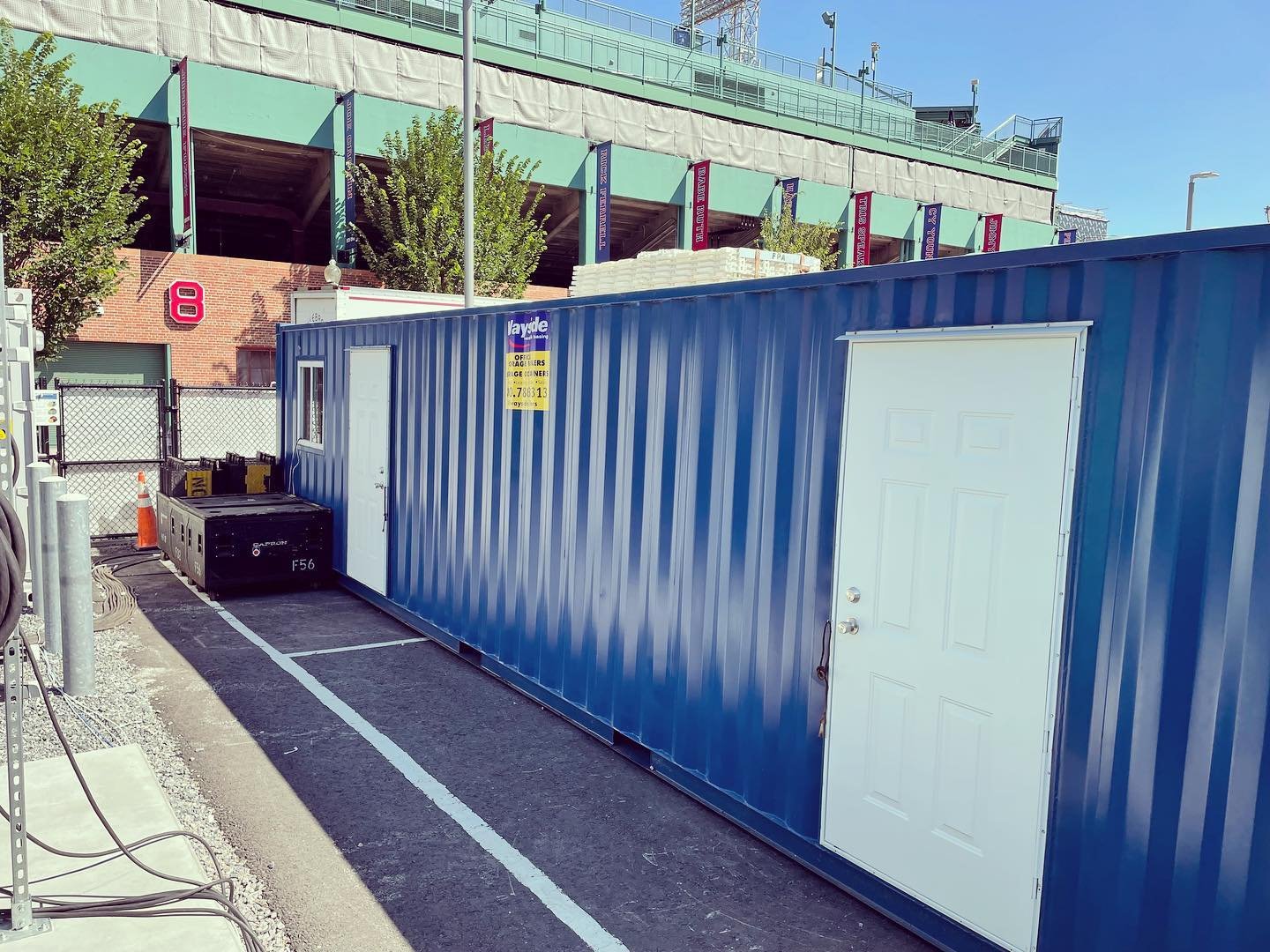
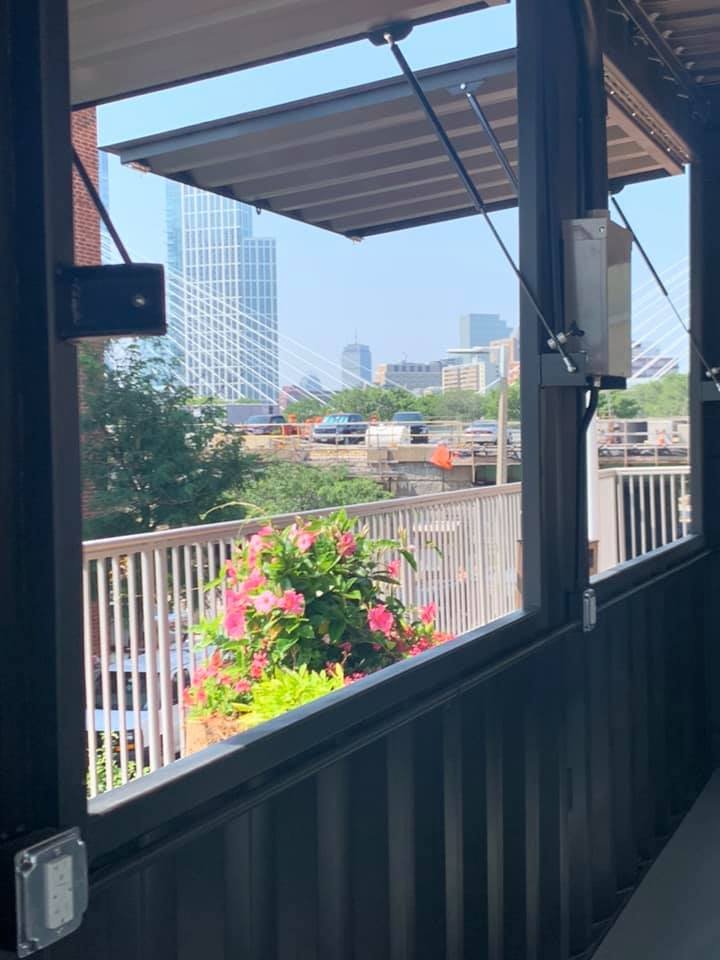
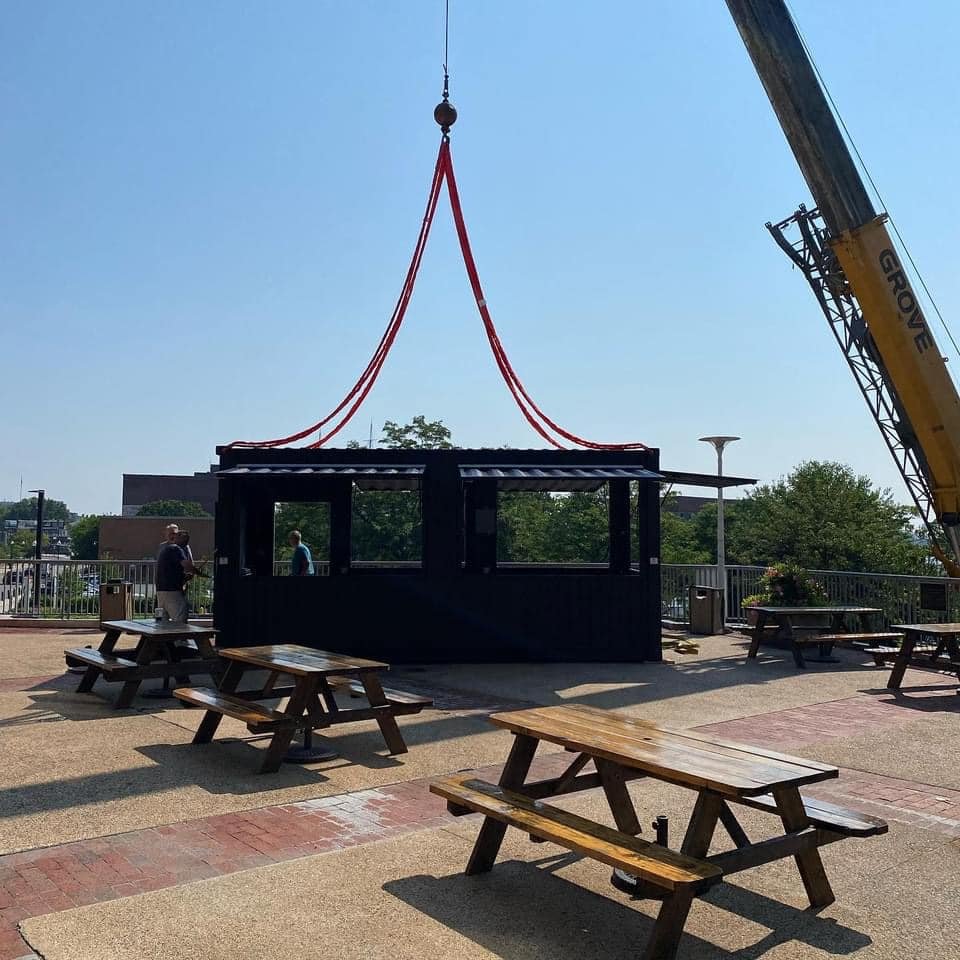
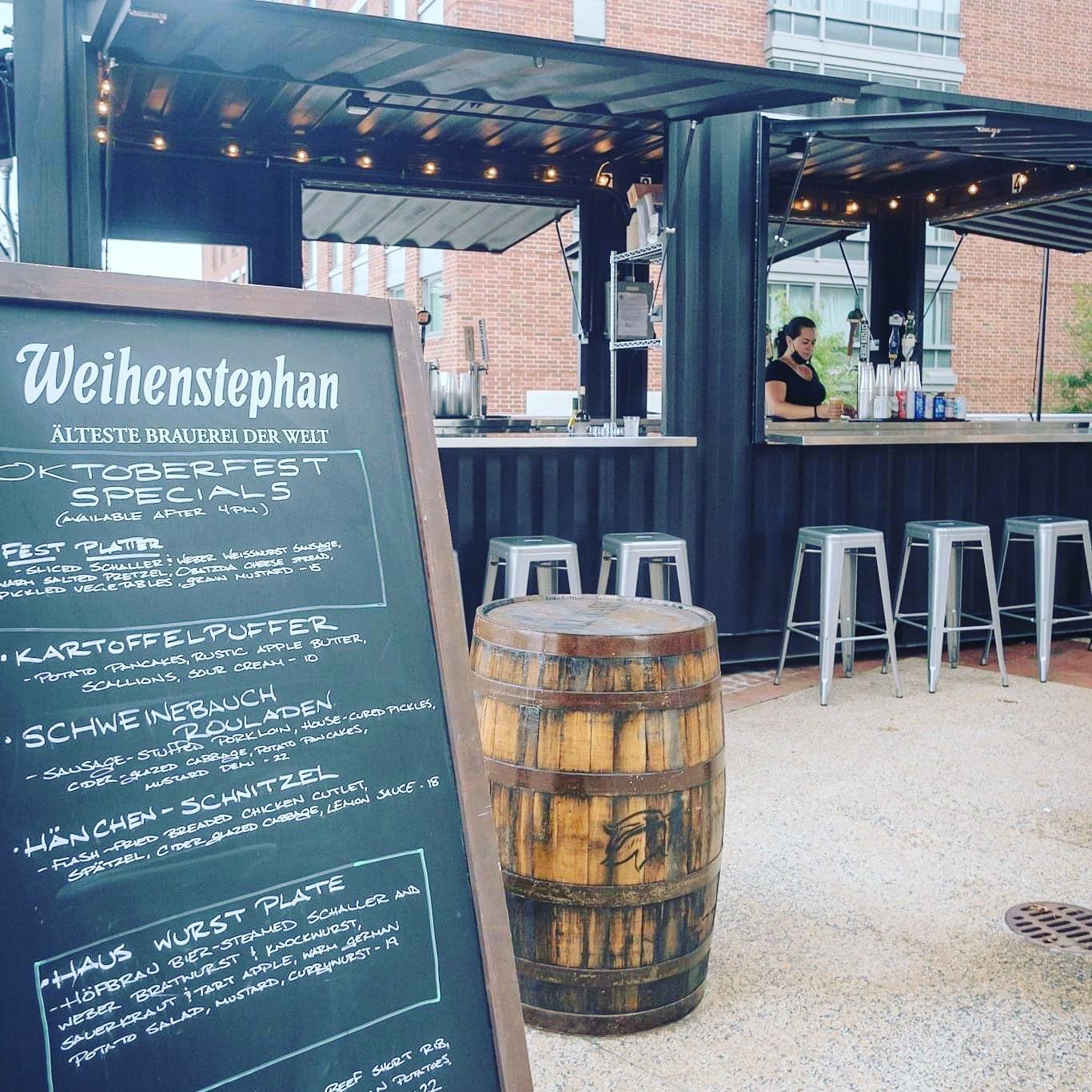
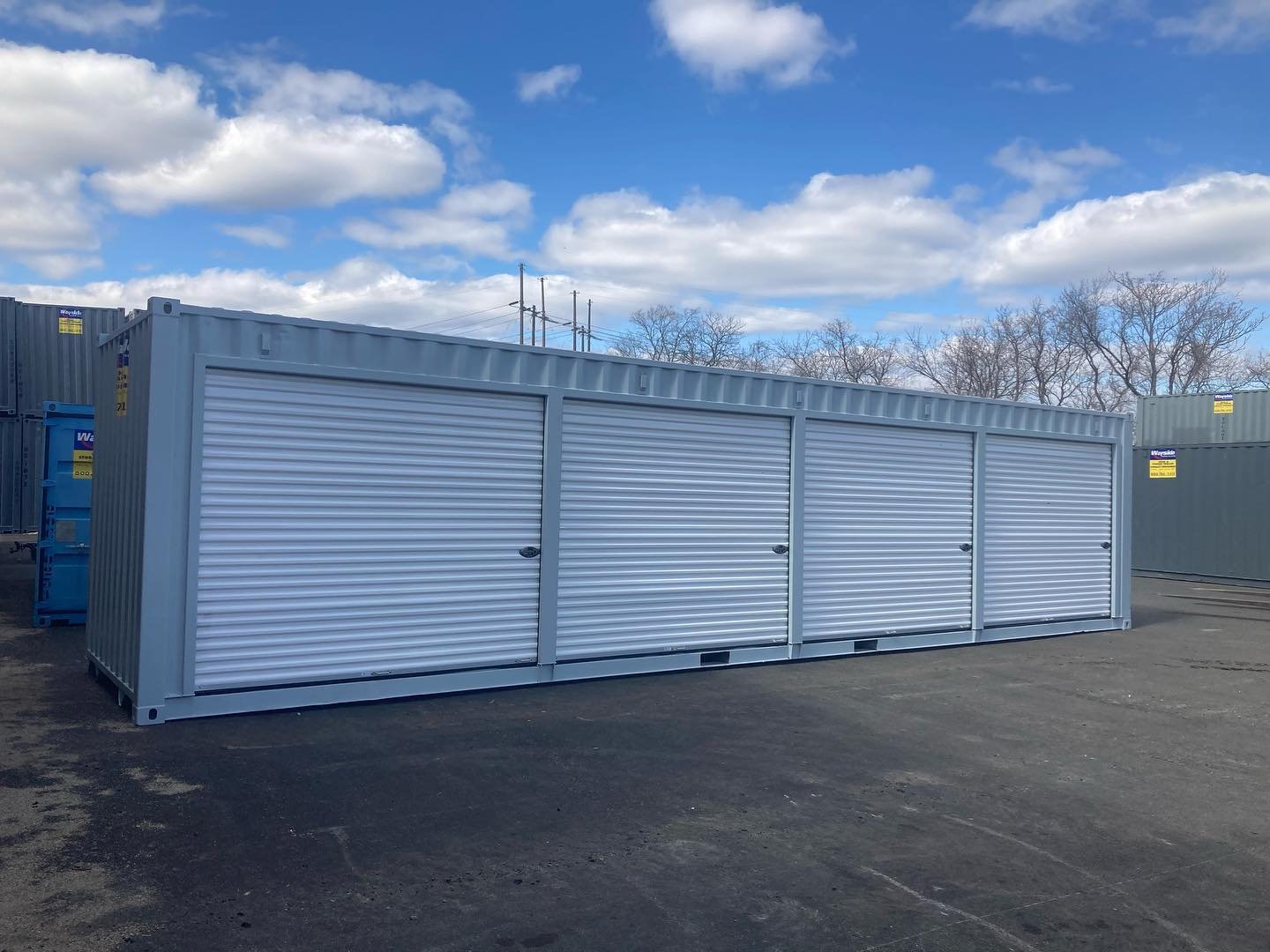
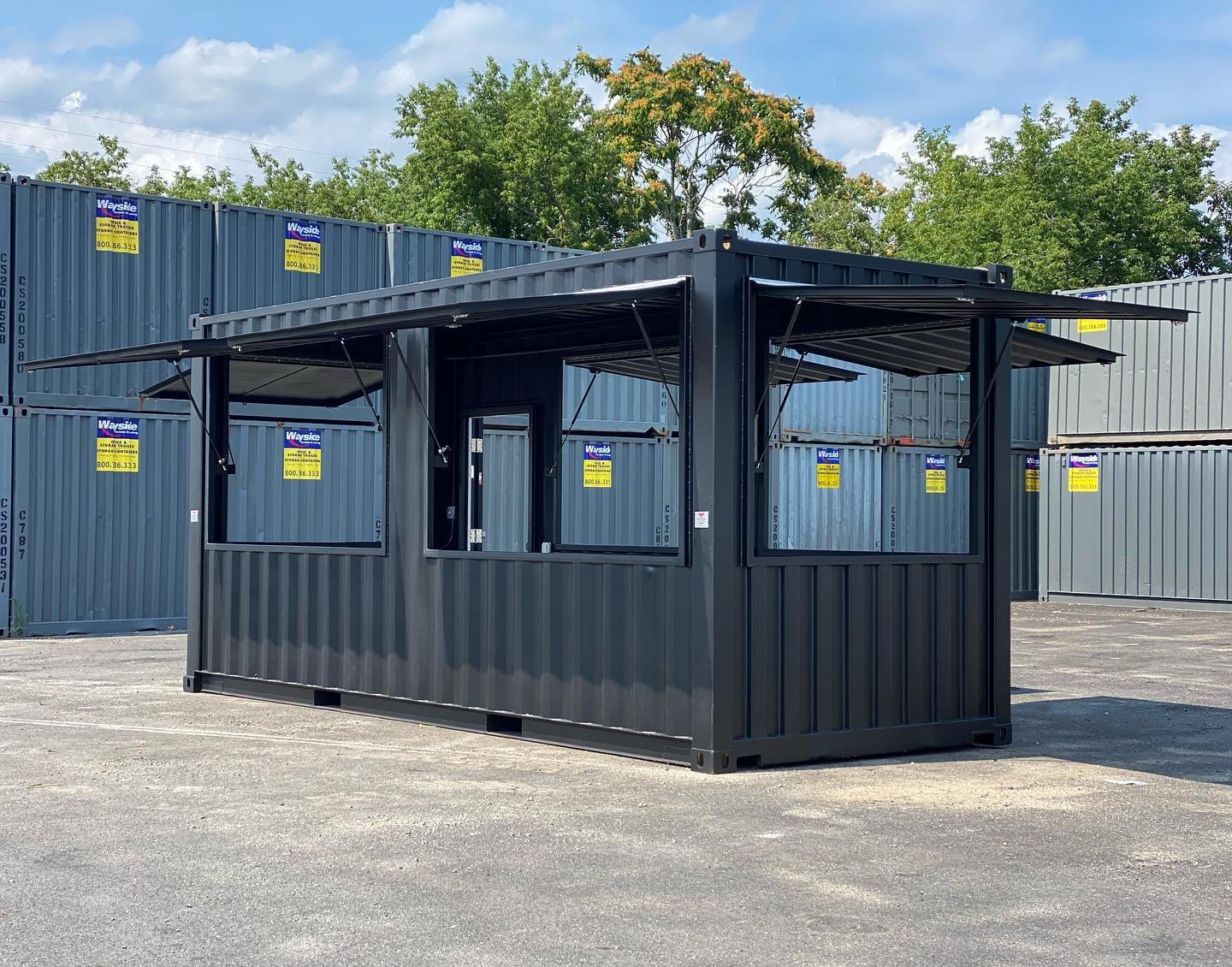

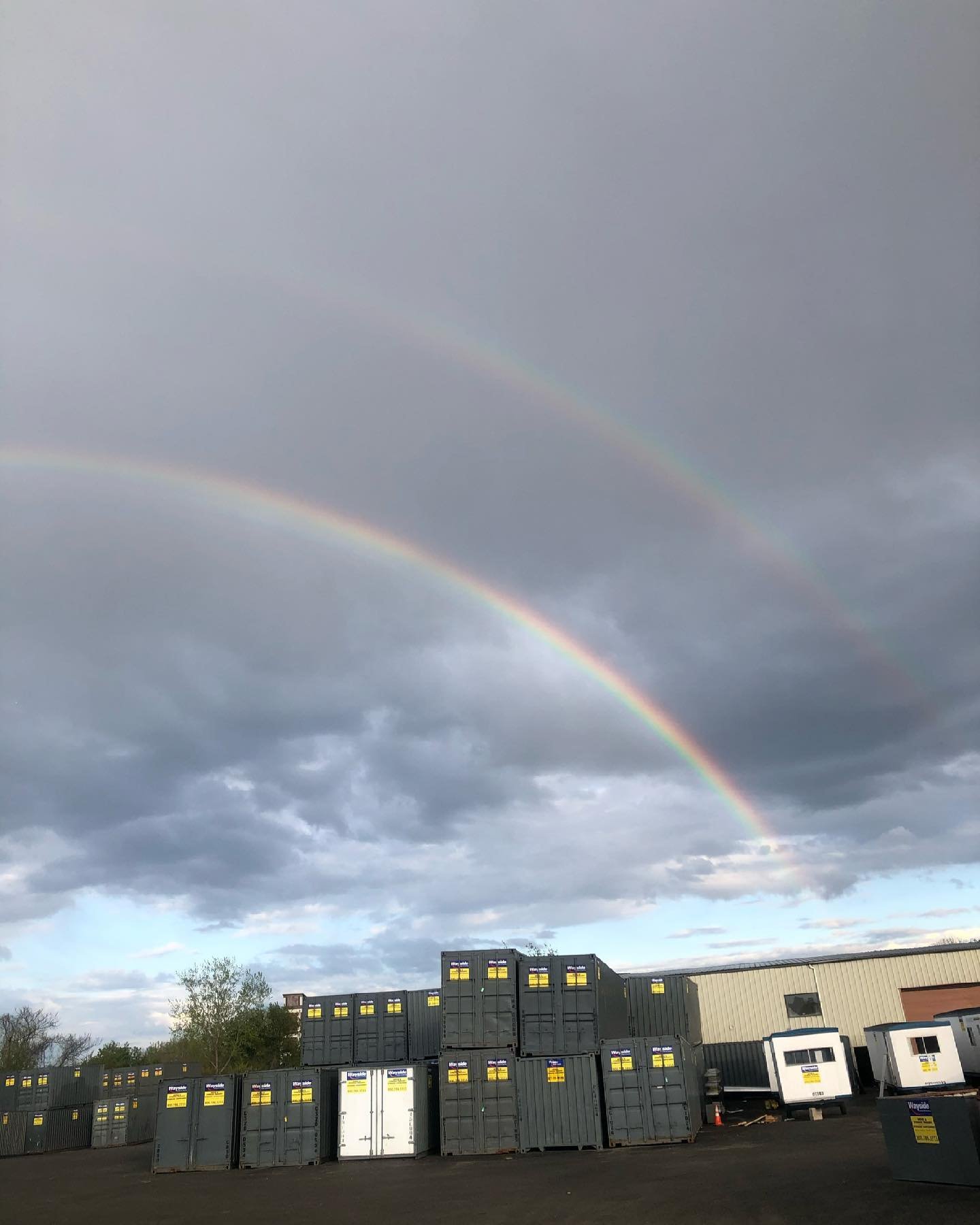
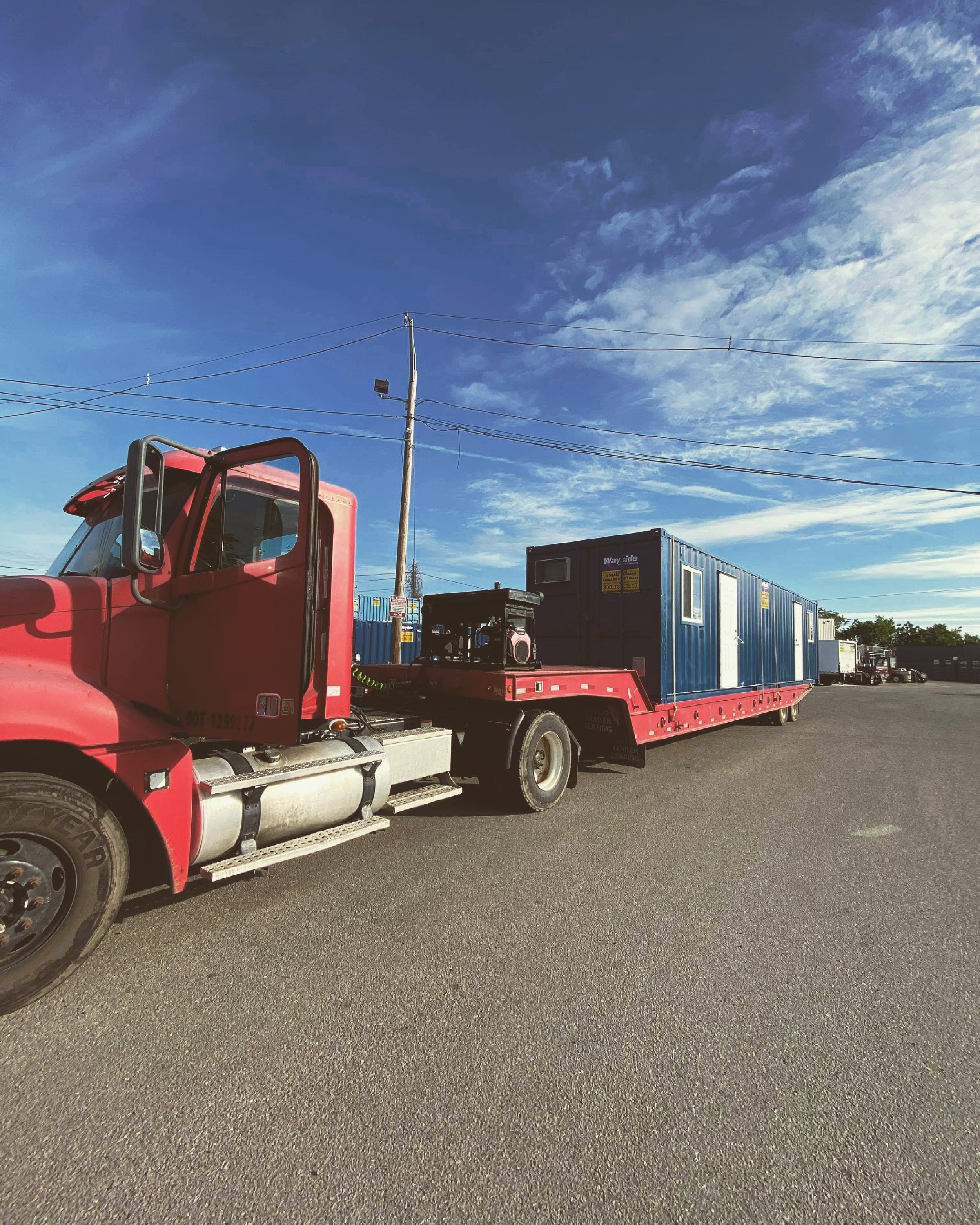

Our Services
-
Wayside provides high-grade, weather-resistant steel shipping containers available in multiple sizes (10-foot, 20-foot, and 40-foot) to accommodate diverse storage needs. These containers feature reinforced lockable doors, vents, and sealed gaskets to ensure protection against moisture, pests, and the elements. They are ideal for temporary or long-term use in scenarios like:
Additional On-site Storage for Seasonal Inventory Overflow
Construction site material management
Home renovations
Event organization
Disaster response
Seasonal storage for landscapers and snow plowers
Supplemental space options, i.e. pop up bar or event space.
-
Wayside offers durable steel storage containers for purchase. These units provide a long-term solution for secure storage and can be customized to fit specific business requirements.
-
Purchasing allows businesses to tailor containers with features like adding windows, shelving, flooring, or roll-up doors (to name a few) for enhanced functionality. Wayside’s shop team can provide or source customization services to enhance container functionality.
-
Containers are delivered directly to customers’ locations by Wayside’s professional drivers and installers. Placement is flexible depending on site accessibility, ensuring minimal disruption during delivery and retrieval.
-
There are so many different uses for storage containers. Wayside’s offerings cater to various industries and scenarios:
Seasonal inventory management—for example, a landscaper needs a place to store snow removal equipment in the spring or summer.
Off-season sports team storage
Equipment storage during renovations or construction
Temporary infrastructure for events or emergencies – for example: a visitor booth for Salem’s Haunted Happenings, an event that takes place in October only and is not needed year-round.
command centers for disaster response teams
Storage during a home renovation or spring cleanout.
Supplemental space for seasonal outdoor seating.
About Wayside
Wayside is a custom and classic shipping container and office trailer business that has delivered innovative storage and modular solutions across New England since 1933. Specializing in customizable shipping containers, scalable workspaces, and portable structures, we serve residential, commercial, and industrial clients by providing sustainable storage solutions.
Call Now: 1.800.786.3313

